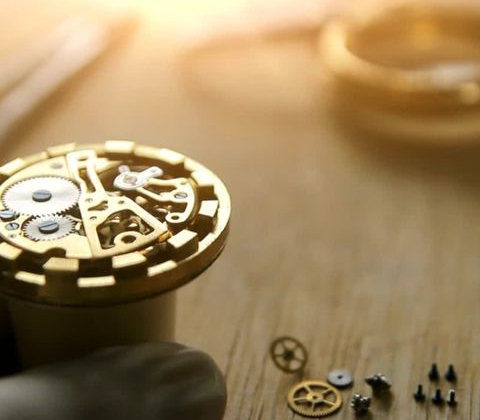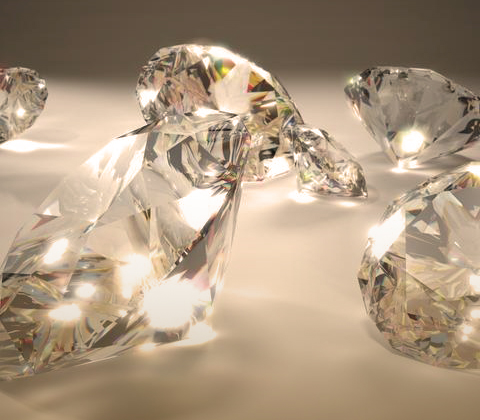Jewellery plays a fundamental role in watchmaking, as it not only adds aesthetic value, but also plays a crucial role in the quality and durability of watches. When we speak of jewels in a watch, we are referring to precious stones, such as rubies, sapphires or diamonds, which are strategically used in the internal mechanisms.
At the heart of a watch is an intricate system of interdependent gears and components. These parts are constantly in motion, creating friction and wear. To counteract this wear and tear, watchmakers have turned to jewellery as an ingenious solution.
What are the jewels in a watch?
In mechanical watches, such as those made by Breguet model, the use of jewellery is of great importance due to its ability to reduce friction and wear. These watches require the use of lubricating oils to ensure smooth and precise movement of the components. As the oil leaks or wears away, the metal comes into direct contact with different elements, which can cause unwanted wear and deterioration of the component material.
It is in this context that pioneering watchmakers resorted to jewels to join and secure the various components of the watch. These jewels, known as bearings, act as support points and reduce friction between the moving parts of the mechanism. Instead of relying solely on metal-to-metal friction, the jewels provide a harder, more resistant surface, thus preventing premature wear and tear and maintaining the movement’s precision over time.

History of watchmaking jewellery
The use of jewels in watches dates back to the beginning of the 18th century, when the Swiss inventor Nicolas Fatio d Duilier and the brothers Peter and Jacob Debaufre developed the first jewelled bearings. These early jewels were made of diamonds and corundum, also known as rubies or sapphires. The introduction of these jewelled bearings greatly improved the accuracy of watches and was recognised by enthusiasts of the time.
During this period, the use of natural gemstones increased both the cost and exclusivity of watches. Today, however, watchmakers use synthetic sapphires and rubies, which perform the same function of reducing friction, but at a more affordable price.
In the 1930s, a new method of jewellery insertion was introduced, known as friction-setting, where the jewels were fitted by pressing them into the main plates and bridges of the watch. This was a significant breakthrough, as the jewels could be replaced more easily in the event of a need for repair.

What are the jewels in a watch used for?
The jewels in watch movements play a crucial role in ensuring precision and durability. Contrary to common belief, jewels are not merely ornamental, but provide resistance to the movements, ensuring precise operation. Inside a watch movement, the gears are constantly in motion and rub against each other. To counteract this wear, watchmakers use jewellery at the points of greatest friction. They act as bearings that allow the gears to move smoothly and protect the metal parts from wear, increasing the durability of the watch.
Contrary to popular belief, jewellery is not the main reason for the high prices of some watches. Hard precious stones are strategically used at friction points to reduce friction. In the past, materials such as glass, garnet or quartz were used, but now mainly diamonds, sapphires and rubies, some of them synthetic, are used.
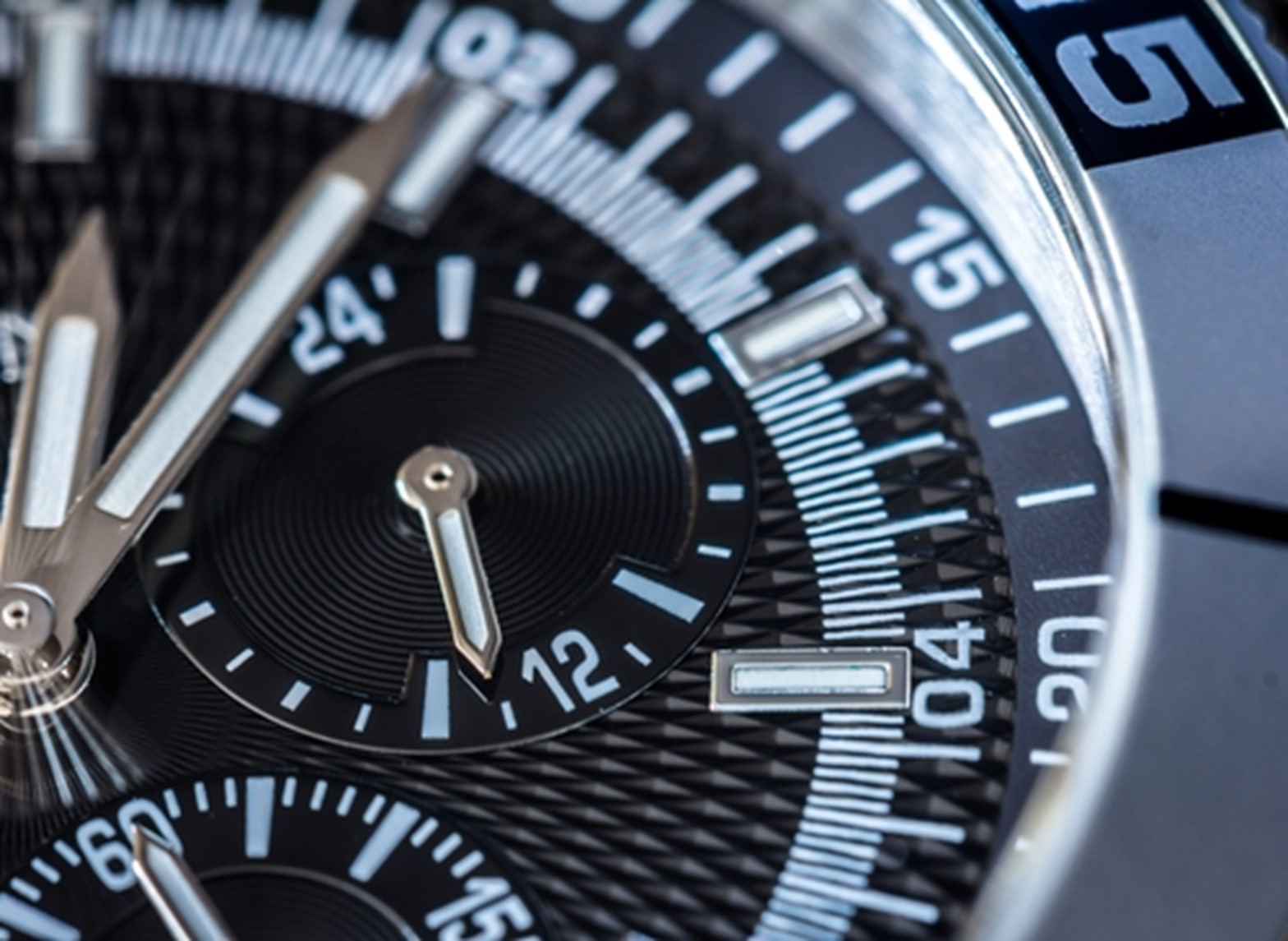
Types of jewellery used in watchmaking
These are some of the most frequently used jewels in watchmaking:
– The bore jewels allow smooth movement of the shaft and have a spring-loaded anti-shock function.
– Cap jewellery limits the movement of the steering wheel rod and protects against spring-loaded shocks.
– Pallet jewellery is crucial to the escapement mechanism of the watch.
– The roller jewels connect the escape wheel with the pallets inside the pallet fork.
In which parts of the watch are these pieces of jewellery used?
Jewelled watches usually have around 17 parts distributed in different key areas of the mechanism.
On the flywheel, there is an impulse jewel which is part of the assembly where the escapement anchor strikes. For the flywheel pivot, two pairs of jewels are used, a hole jewel and a cap jewel, which act as pivot bearings.
The centre wheel also has two jewels, a hole jewel and a cap jewel, which function as pivot bearings to ensure smooth movement. Two pallet jewels are used on the pallet of the escapement lever, while two jewels, a hole jewel and a cap jewel, are used as pivot bearings on the escapement lever.
The fourth and third wheels also have two jewels each, which function as pivot bearings to ensure smooth and precise movement. Finally, the escape wheel uses two jewels, one bore and one cap, as pivot bearings.
These jewels or gemstones are strategically placed at critical points in the watch mechanism to minimise friction and wear, contributing to greater precision and durability. Each of these jewels plays a specific role in the optimal functioning of the watch, ensuring a smooth and reliable movement over time.
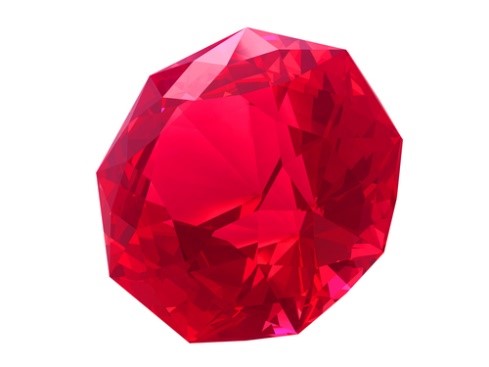
Types of materials used in jewellery
On the Mohs scale, which measures the resistance of minerals and rocks to different alterations, we find some of the most resistant materials on the planet. The most prominent are diamond, corundum, topaz and quartz.
Due to the high price of diamonds, they are not commonly found in watch mechanisms. Instead, the most commonly used material in watchmaking is corundum, which ranks second on the Mohs scale in terms of resistance. Corundum comes in two widely known chromatic variations: ruby and sapphire.
Ruby is the most common and, in many cases, is produced synthetically using aluminium oxide and chromium oxide through a process called stoichiometry. This reduces the cost considerably compared to natural gemstones. Sapphire, on the other hand, is mainly used in the manufacture of crystals, as in its purest state the corundum becomes colourless.
Functions of jewellery in a watch
Jewellery in watches plays a key role by being used at the friction points between moving parts. This offers two main benefits: precision and durability.
In terms of accuracy, by reducing friction, jewellery allows watch parts to maintain their shape and position more precisely. This contributes to greater accuracy in timekeeping, as the watch parts stay aligned and function more consistently.
In terms of durability, jewels, especially those made of ruby, are highly resistant to wear. By minimising friction and wear, jewelled watch movements have a longer service life. This means that the watch mechanism can run longer without losing its original precision, which increases the durability and long-term value of the timepiece.
As a result, jewellery watches offer a more accurate performance and a longer service life.
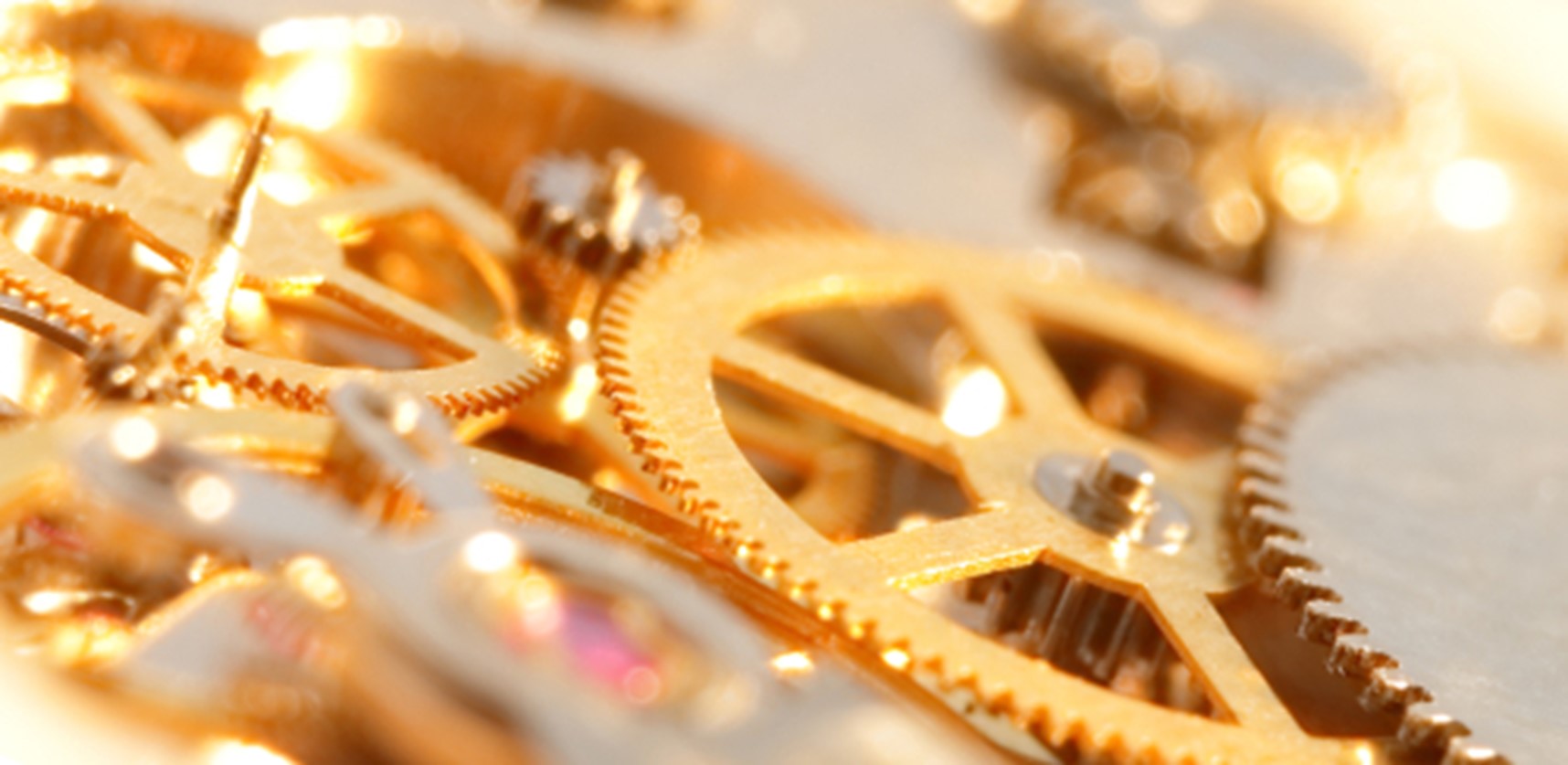
Curiosities about watch jewellery
- Many automatic watches indicate the number of jewels, with 17 and 21 being a common figure.
- The amount of jewellery depends on the complexity and type of movement of the watch.
- It is recommended that watches have at least 15 jewels for optimal performance.
- The fully bejewelled watches have 17 jewels and enjoy a solid reputation for high quality and durability.
- In higher-quality watches, in addition to the 17 jewels, it is common to find additional cornerstones to improve accuracy.
- The number of jewels does not directly indicate the quality of the watch, but rather the mechanical complexity or thinness of the watch.
- Some quartz watches use 5 to 10 jewels to smooth the movement and improve accuracy.
- Some manufacturers added unnecessary jewellery in the past, but standards were set to avoid this.
- Performance improvements are usually minimal beyond the essential jewellery, unless additional functionality is added.

